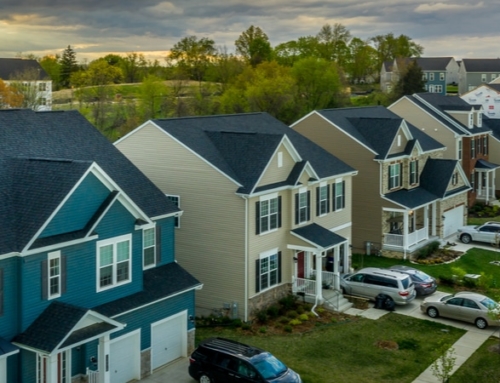Is the worst yet to come for real estate? If you live in California and are in the unfortunate position of building new homes, it might be a tough spring, according to Leslie Appleton-Young, Vice President and Chief Economist of the California Association of Realtors.
In 2006, sales of homes dropped 23 percent from 2005. “We think home sales in California will drop another 7 percent this year. We think we’ll see about a 2 percent decline in the state median price, particularly in the inland part of the state,” she said.
While the number of homes for sale has dropped below the 10-month supply that was on the market at the end of 2006, she believes it could take a year for the market to absorb all of the listings.
According to a number of leading economists speaking at Inman Connect NY, a conference on real estate and technology, major metropolitan areas that are located on the coasts are feeling much of the pain of the current housing market.
Just behind them are classic rust-belt states like Pennsylvania, Ohio or Indiana and Michigan, which has basically added no new jobs in the last four years, thanks to the decline of the U.S. auto industry.
“New York, Connecticut, New Jersey, Boston and California are all difficult-to-build states. It is impossible to have an oversupply of building because of the constraints (placed on developers),” noted James Hughes, Dean of the Edward J. Bloustein School of Planning & Public Policy, Rutgers University. He added that these regions were among the least affordable in the nation.
“Affordability has plummeted from last 2005 through most of 2006,” noted Frank Nothaft, Vice President and Chief Economist, Freddie Mac. “When you think about affordability, the three most important ingredients are mortgage rates, house prices, and family income. We’re really seeing an (affordability) crisis in high-cost markets.”
“At one time, we thought that the Northeast had a highly-skilled labor force and companies would bear the cost of a higher-paid workforce. But now we see that it is a mobile workforce,” Hughes noted. “Corporate America is watching the bottom line and it is sensitive to the cost of doing business and one of those is higher housing costs because it means you have to pay employees more.”
As housing prices and mortgage interest rates have eased, more buyers have jumped back into the market, the economists agreed. But dangers to the real estate market, and the economy in general, remain.
One red flag is the number of people taking higher-risk loans. Nothaft says some mortgage lenders are giving these loans to consumers with the least financial capacity to repay them.
“The foreclosure rate for sub-prime loans runs 8 to 10 times higher than for prime loans,” he explained. “With the growth in subprime lending, it raises questions about loan performance.”
For Susan M. Wachter, Professor of Real Estate & Finance at The Wharton School, University of Pennsylvania, the red flag is how much mortgage equity has been withdrawn to support American consumption.
“We’re tapped out and our mortgage equity has been withdrawn and will be sued over the next six months. But as prices level out and decline, mortgage equity will decline,” she explained. “If there is a downside risk, the risk is not of a slowing economy but inflation.”
“If inflation stays where it is, the Federal Reserve will raise interest rates in the second half of the year. Then, we’ll have (mortgage) reset problems and regional recessions,” she said.
“It’s hard to tell what’s going to happen,” said Appleton-Young. “How many people will get in trouble when their mortgage resets? If a lot of those people will get into trouble, we’ll see an upsurge in inventory when people can’t make their payments. We’ve gone from a market where interest rates were so low you couldn’t afford not to buy. You had to do that deal.”
“Now, you don’t. And with the economy going, people will stay put for awhile,” she added.
Jan. 21, 2007.






Leave A Comment